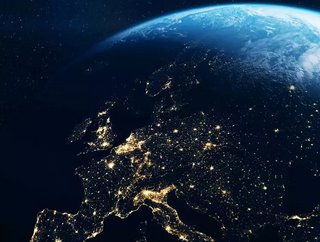Nvidia AI analyses satellite data for climate research

The scale of the climate change problem can be paralysing, sometimes seeming too large for our human brains to comprehend.
It’s lucky, then, that we are facing this unprecedented challenge at the same time as artificial intelligence technology is booming.
Nvidia AI technology has been employed by the NERC Earth Observation Data Acquisition and Analysis Service (NEODAAS), part of the United Kingdom’s Natural Environment Research Council, which makes satellite observation data available to researchers.
Nvidia’s DGX enterprise AI systems, which feature optimised software and are built with scalability in mind, are being used to process said observation data via deep learning, in order to reveal valuable data regarding climate change.
The DGX systems make up the MAGEO computing cluster. “MAGEO offers an excellent opportunity to accelerate artificial intelligence and environmental intelligence research,” said Stephen Goult, a data scientist at Plymouth Marine Laboratory. “Its proximity to the NEODAAS archive allows for rapid prototyping and training using large amounts of satellite data, which will ultimately transform how we use and understand Earth observation data.”
The ongoing project has already had successes, including the development of a chlorophyll detector that can monitor the concentration of phytoplankton in the Earth’s oceans. The part of phytoplankton is a lesser known climate change concern, with the plants playing a vital role in transferring carbon dioxide out of the atmosphere and into the ocean. Using a neural network, researchers can now uses data regarding the loss of energy from light in seawater to calculate the presence of chlorophyll.
“Thanks to the highly parallel environment and the computational performance driven by NVIDIA NVLink and the Tensor Core architecture in the NVIDIA DGX systems, what would have taken 16 months on a single GPU took 10 days on MAGEO,” said Sebastian Graban, industrial placement student at Plymouth Marine Laboratory. “The resulting trained neural network can predict chlorophyll to a very high accuracy and will provide experts with an improved, faster method of monitoring phytoplankton.”






